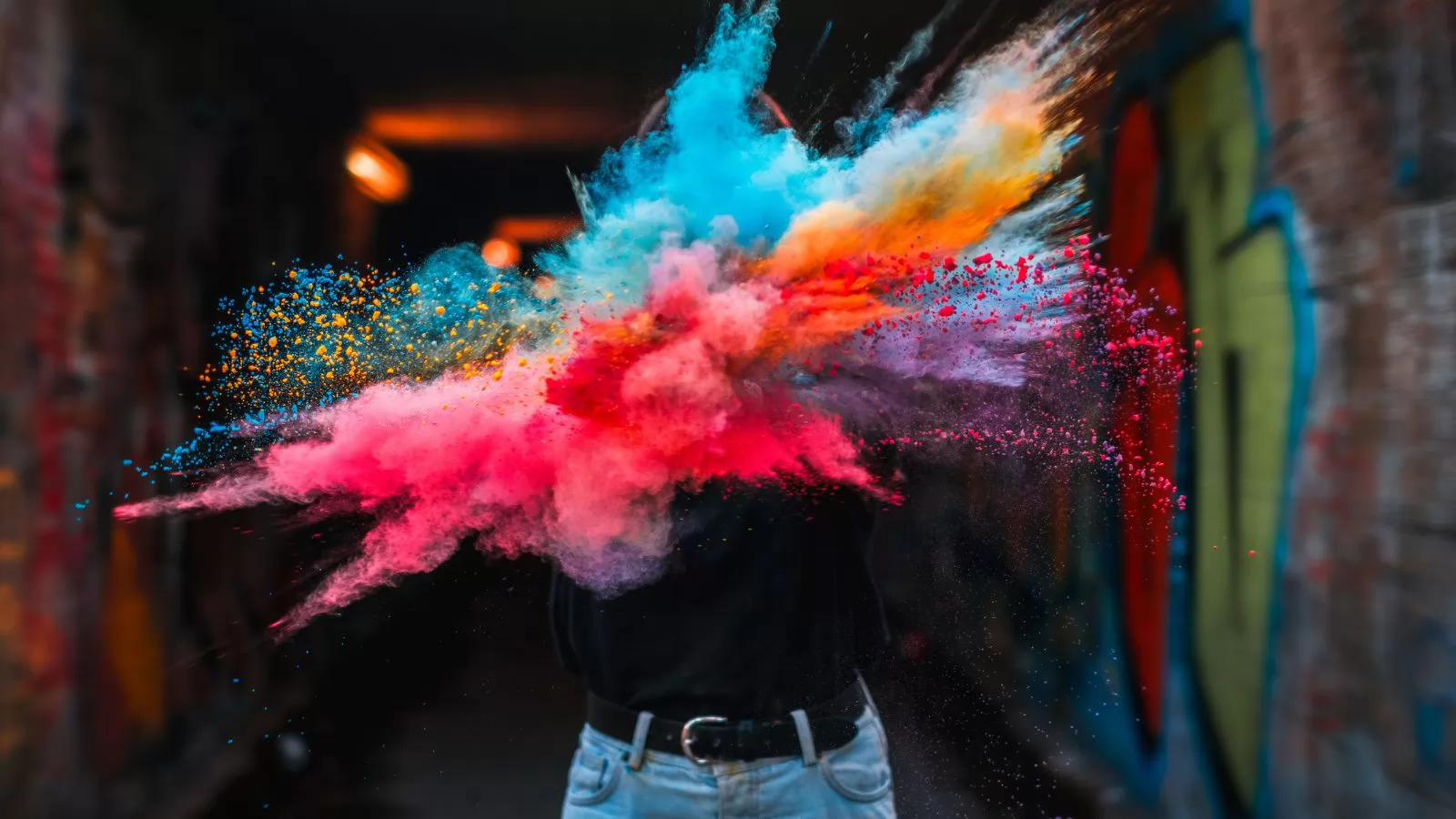
Powder coating is a fantastic way to give metal surfaces a durable, attractive, and long-lasting finish. Whether you’re working on automotive parts, furniture, or industrial components, a smooth powder coating can elevate the quality of your project. However, getting that flawless, silky finish isn’t always straightforward—there are a few key steps and techniques to master. In this guide, I’ll walk you through the process to ensure your powder coating comes out smooth every time.
What is Powder Coating?
For the uninitiated, powder coating is a dry finishing process where a fine powder—made of pigment and resin—is electrostatically applied to a surface and then cured under heat. Unlike traditional liquid paint, it doesn’t require solvents, making it eco-friendly and highly durable. But to get that smooth, professional look, preparation and technique are everything.
Tools and Materials You’ll Need
Before diving in, gather these essentials:
-
Powder coating gun (electrostatic)
-
Powder coating powder (your choice of color and finish)
-
An oven or curing system
-
Sandblasting equipment or sandpaper (for surface prep)
-
Degreaser or cleaner (e.g., acetone or isopropyl alcohol)
-
Compressed air (for cleaning)
-
Protective gear (gloves, mask, goggles)
-
Masking tape or plugs (to protect areas you don’t want coated)
Step-by-Step Guide to a Smooth Powder Coating Finish
-
Surface Preparation: The Foundation of Smoothness
A smooth finish starts with a clean, well-prepped surface. Any dirt, rust, oil, or old paint will show through or ruin adhesion.
-
Clean: Wipe down the part with a degreaser to remove oils and contaminants. Follow up with compressed air to blow away dust.
-
Sandblast or Sand: For the smoothest result, sandblast the surface to remove rust and create a slightly textured base for the powder to grip. If sandblasting isn’t an option, use medium-grit sandpaper (e.g., 120-220 grit) to smooth out imperfections.
-
Final Clean: Give it one last wipe with a lint-free cloth and cleaner to ensure no residue remains.
-
Check Your Environment
Powder coating hates moisture and dust. Work in a clean, dry space—ideally with low humidity. Any airborne particles can stick to the powder and create a bumpy texture, so keep your workspace as dust-free as possible.
-
Apply the Powder Evenly
Here’s where technique matters:
-
Set up your powder coating gun according to the manufacturer’s instructions. Adjust the voltage (typically 50-100 kV) for good coverage without overloading.
-
Hold the gun 6-8 inches from the surface and use smooth, sweeping motions. Don’t rush—overlapping passes ensure even coverage.
-
Avoid over-applying. Too much powder can lead to an “orange peel” texture (those pesky dimples). Aim for a thin, uniform layer; you can always add a second coat if needed after curing.
-
Curing: The Magic Step
Once coated, it’s time to cure the powder.
-
Preheat your oven to the temperature recommended by your powder supplier (usually 350-400°F or 175-200°C).
-
Place the part in the oven and bake for the specified time (typically 10-20 minutes after the part reaches temperature). Use a thermometer to confirm accuracy—undercuring can leave a tacky finish, while overcuring might dull the smoothness.
-
Let it cool naturally. Don’t rush this part; rapid cooling can introduce stress cracks.
-
Inspect and Troubleshoot
After cooling, check your work. A smooth finish should feel glassy and look uniform. If you spot issues:
-
Orange Peel: Likely too much powder or uneven application. Sand it down and try a lighter coat.
-
Pinholes: Could be moisture or oil on the surface. Re-prep and recoat.
-
Rough Texture: Check for contamination in your powder or workspace.
Pro Tips for Extra Smoothness
-
Use a High-Quality Powder: Not all powders are equal. Look for fine-grind powders designed for smooth finishes.
-
Grounding is Key: Ensure your workpiece is properly grounded to the gun’s system. Poor grounding leads to uneven powder distribution.
-
Practice on Scrap: If you’re new, test your technique on a spare piece first.
-
Consider a Clear Topcoat: For an ultra-smooth, glossy look, apply a clear powder coat over your base color.
Why Smoothness Matters
A smooth powder coating isn’t just about aesthetics—it also improves durability. Rough surfaces trap dirt and moisture, leading to faster wear. Plus, a flawless finish screams professionalism, whether it’s for a client or your own satisfaction.
Final Thoughts
Achieving a smooth powder coating finish takes patience and attention to detail, but once you nail the process, the results are worth it. Start with proper prep, apply with care, and cure it right. Before you know it, you’ll be turning out parts that look like they came straight from a factory line. Got a project in mind? Grab your gear and give it a shot—smooth perfection awaits!

.png)
.png)


.png) 0086-757-85407388
0086-757-85407388
 terrychen@wintoly.com
terrychen@wintoly.com

.png)
.png)


.png)





 terrychen@wintoly.com
terrychen@wintoly.com
.png) 0086-757-85407388
0086-757-85407388
 6 Chaoyang Rd., National Demonstration Eco-industrialzone, Nanhai, Foshan,Guangdong,China
6 Chaoyang Rd., National Demonstration Eco-industrialzone, Nanhai, Foshan,Guangdong,China

.png)
